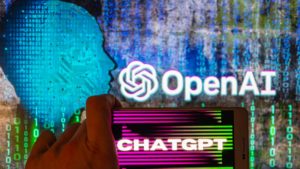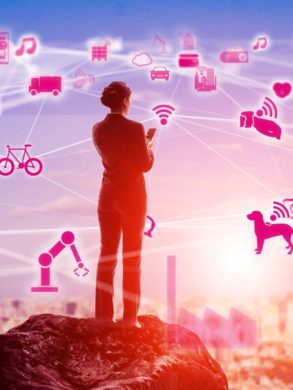As we move further into the era of Artificial Intelligence (AI), it is crucial that we also consider the ethical implications of this technology. One of the most pressing concerns is how to govern AI in a way that is responsible and fair. This is particularly important for AI content writers like GPT-3, which can generate large amounts of text relatively quickly.

One of the main challenges in governing AI is that it is a rapidly evolving field. As AI technology improves, new ethical considerations arise. This means we must be willing to constantly re-evaluate our approach to governing AI and make adjustments as needed.
One way to govern AI is through the use of regulation. This can include laws, regulations, and guidelines that govern the development and use of AI technology. These regulations can help ensure that AI is developed and used in a way consistent with ethical principles, such as privacy, accountability, and transparency.
Another way to govern AI is through the use of industry standards. These standards can help ensure that AI is developed and used consistently with best practices in the field. For example, industry standards for explainable AI (XAI) can ensure that AI systems are transparent, interpretable, and auditable, which can help prevent unethical AI models’ usage.
There is also an additional way to govern AI through the use of Self-regulation. This includes creating internal ethical and compliance teams with the company, which are responsible for monitoring the development and usage of AI to ensure they are aligned with the company’s ethical principles and standards.
It is also important to note that when it comes to AI like GPT-3, it may have the potential to produce harmful or biased content. Therefore, the developers must ensure that these models are fine-tuned and trained on diverse and unbiased data.
In conclusion, governing AI in the era of AI content writers like GPT-3 is a complex task that requires a multi-faceted approach. It is essential to consider both regulation and industry standards, as well as self-regulation, to ensure that AI is developed and used in a way that is responsible and fair. We must be willing to continuously re-evaluate and adjust our approach to AI governance as the technology evolves and its impact on society.

